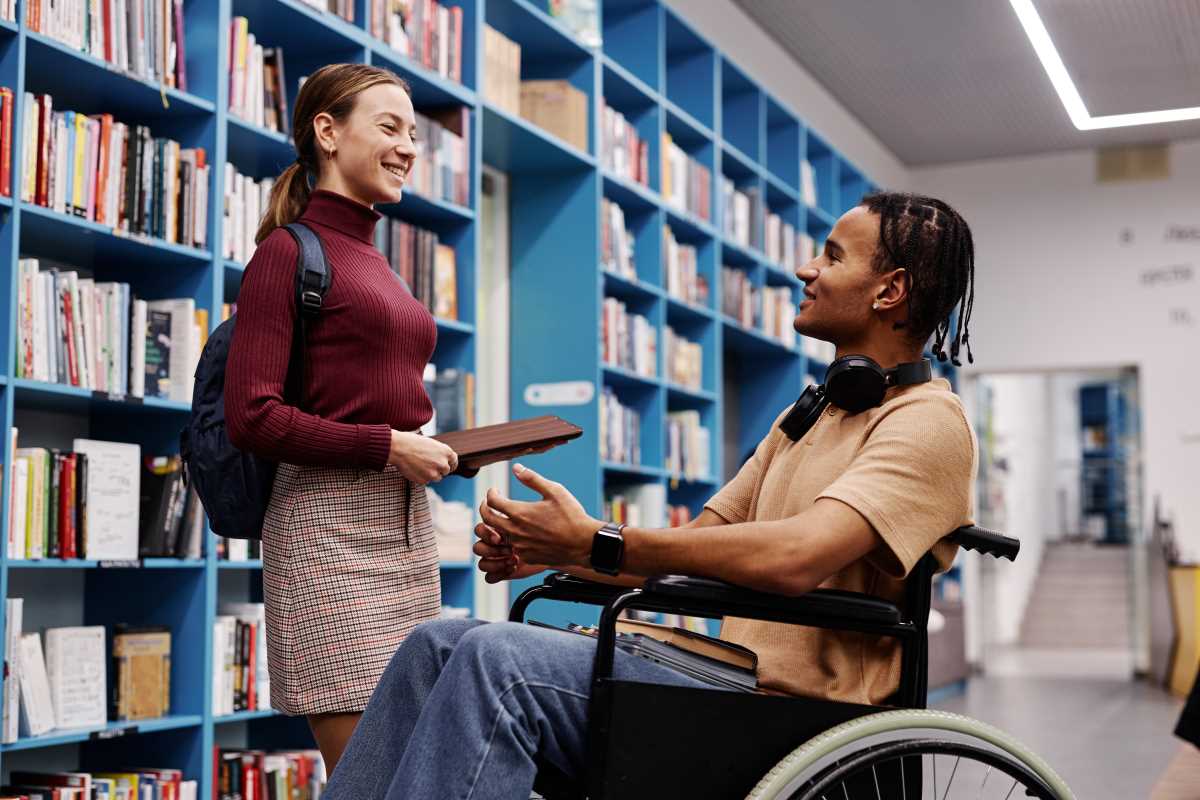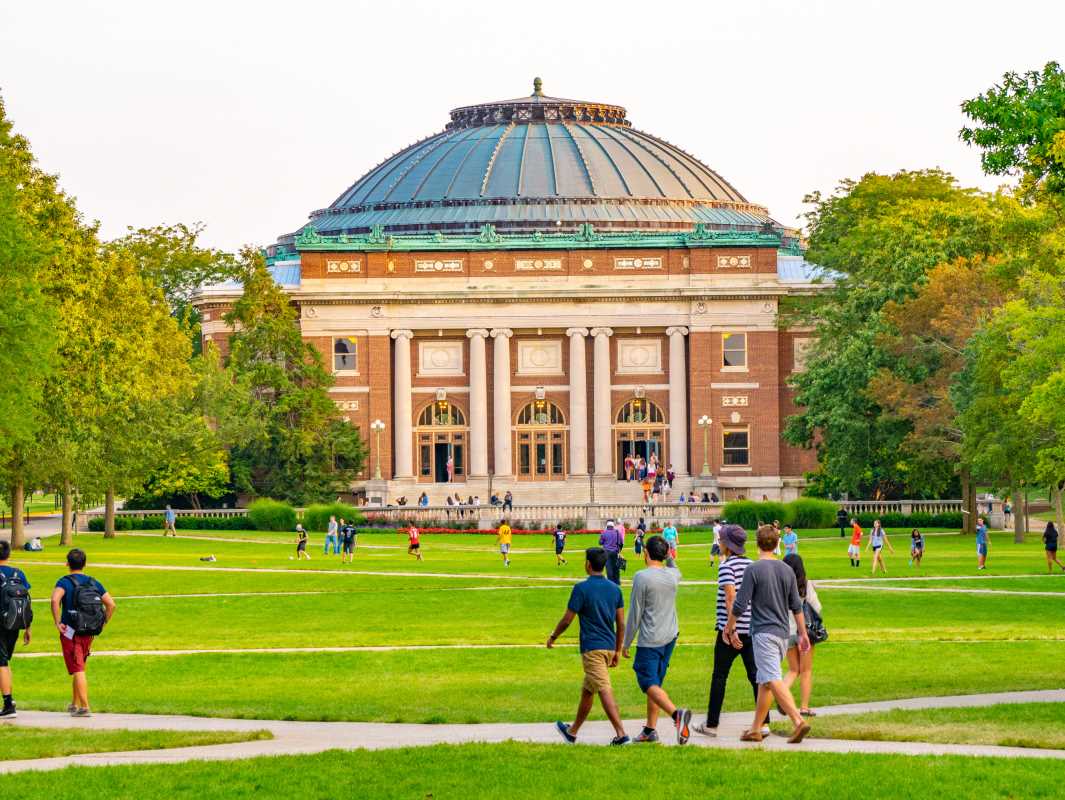Campuses around the world experience exciting changes that bring fresh energy to student and educator life. Advances in technology improve classroom connections, and expanded well-being services help everyone feel supported each day. Students enjoy open learning spaces that encourage collaboration and creativity, while academic programs increasingly offer real-world experiences alongside coursework. These new developments invite exploration and growth, making each day on campus more interactive and rewarding. As educational environments evolve, students discover more ways to connect, learn, and shape their individual journeys, creating a vibrant and dynamic atmosphere that benefits the entire campus community.
The evolving campus scene mixes smart innovations with community passion. Fresh ideas shape everyday life by providing tools that adapt to individual needs, further linking the educational experience with global trends and personal interests.
Digital Transformation and Smart Campuses
The integration of technological tools redefines academic settings. Institutions invest in smart devices and applications that change traditional classroom formats. Interactive whiteboards, automated attendance systems, and real-time campus updates make education more interactive and personalized. An increasing number of universities now develop custom mobile apps to keep students informed about events and campus news, connecting everyone in a lively digital environment.
Key technologies offer benefits that simplify campus management and improve students’ learning experiences. Consider the following technological improvements that campus management adopts:
- Interactive classroom setups that encourage hands-on learning.
- Campus-wide communication systems for event planning and real-time feedback.
- Virtual and augmented reality solutions that simulate lab environments and historical tours.
- Cloud platforms that store academic records and support collaborative projects.
These innovations link classroom instruction with daily campus activities, making learning practical and engaging.
Focus on Mental Health and Wellbeing Initiatives
Campuses no longer depend solely on academic metrics; they now treat student well-being as a key part of educational success. New peer support schemes, relaxation zones, and digital resources help students face challenges and manage academic stress. Institutions redesign study spaces, creating quiet zones and breakout areas that support mental recalibration during busy periods.
Faculty and staff organize summer workshops, hotlines, and online portals that guide students to in-person counseling services or virtual group sessions. Universities keep improving their support systems to ensure students get timely help. They also introduce creative solutions such as brainstorming sessions, campus meditation groups, and accessible stress-relief apps that provide quick support when needed.
Globalization of Campus Communities
Culture and diverse backgrounds enrich campus environments in lively ways. Educational institutions actively design programs that promote intercultural exchange and international networking. They invite visiting scholars, arrange language tables, and create mentoring circles that foster dialogue among students from different regions.
A few interesting examples of global integration include:
- Collaborative projects where students from different continents work on research topics, blending regional insights into innovative solutions.
- Short-term study tours that allow participants to experience life at universities in distant countries.
- Cultural immersion programs that encourage language learning, culinary exchanges, and recognition of historical traditions.
Each institution tailors its offerings to create an environment where every individual feels seen and heard, turning academic settings into globally aware communities.
Student-Led Sustainability and Environmental Movements
Students own their campuses by leading green initiatives that boost sustainability. Their projects range from organizing recycling drives to initiating energy-saving campaigns on campus. Many universities partner with local businesses to host sustainability fairs and workshops where students learn practical techniques to reduce waste and promote environmental responsibility.
Passion for nature motivates students to repurpose spaces into community gardens, install solar panels, and lead discussions on environmental policies. By actively participating in eco-friendly projects, students change daily campus practices. These grassroots movements give hands-on experience, allowing individuals to collaborate on projects that help create a healthier planet.
Flexible Learning Spaces and Hybrid Education Models
Adaptive study environments now respond to the different needs of students, combining physical spaces with virtual options. Campuses redesign classrooms with movable furniture, outdoor study spots, and collaborative tech zones, ensuring that every learning style receives thoughtful support. This modernized approach to facilities allows each student to choose a space that matches their personal rhythm and academic workload.
Hybrid models balance digital learning with in-person interactions. Combining online modules with face-to-face sessions offers flexibility while maintaining a sense of community. For example, many institutions now require students to attend asynchronous courses paired with interactive workshops.
Campus life offers new opportunities that enhance both academics and personal growth. These changes shape a stronger sense of community and keep academic experiences dynamic.







